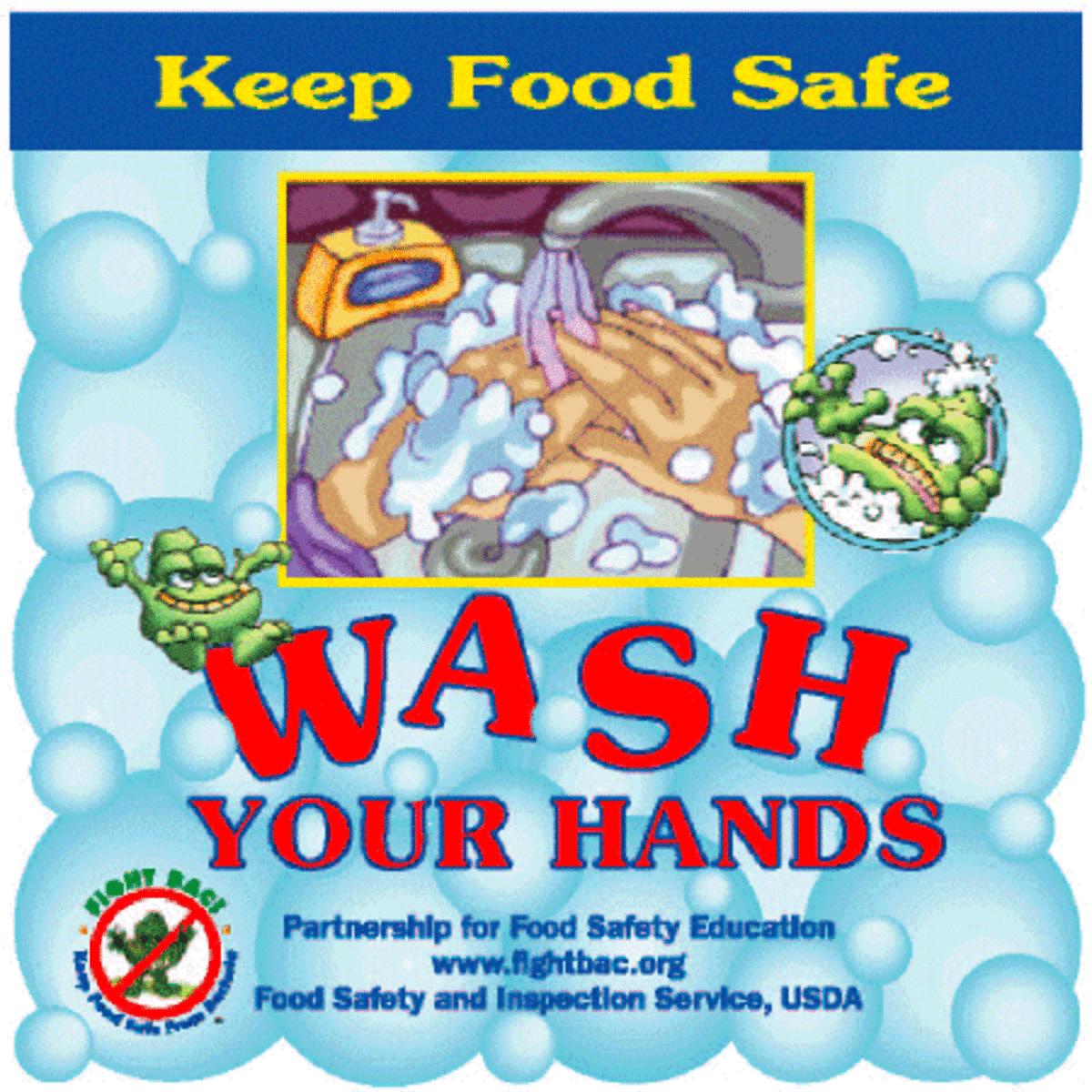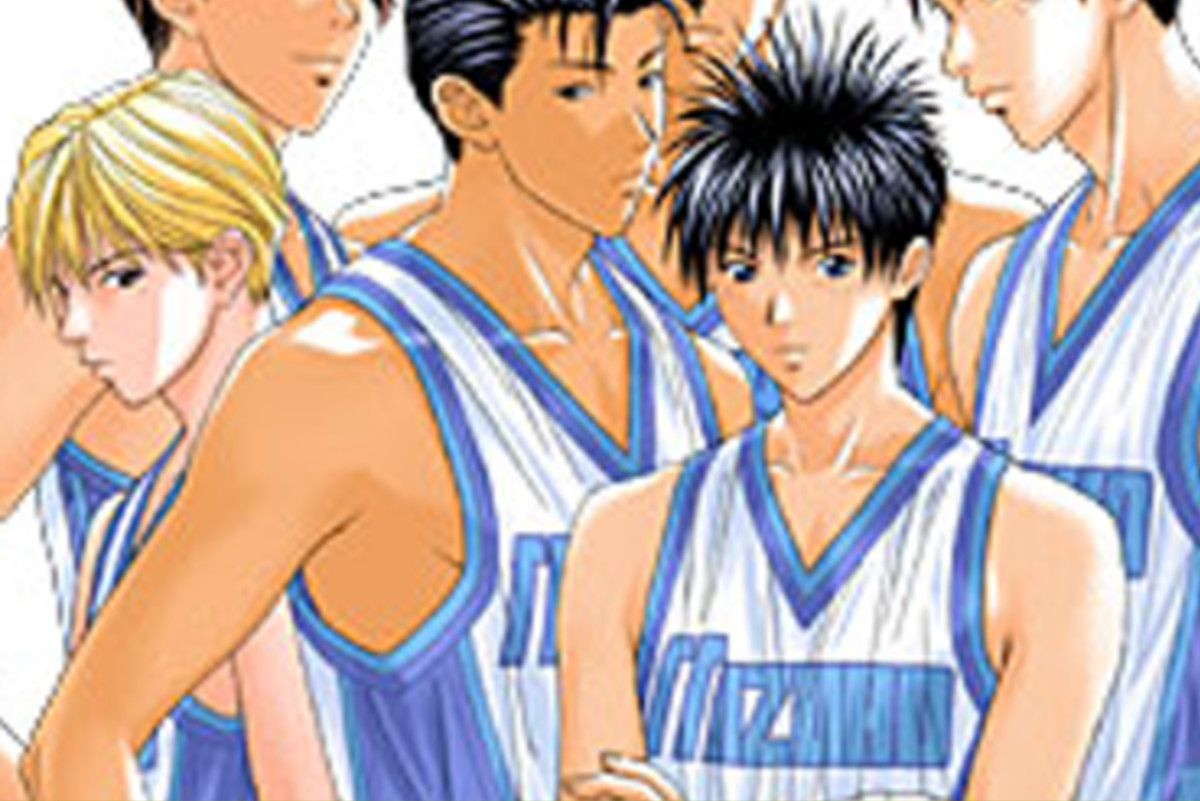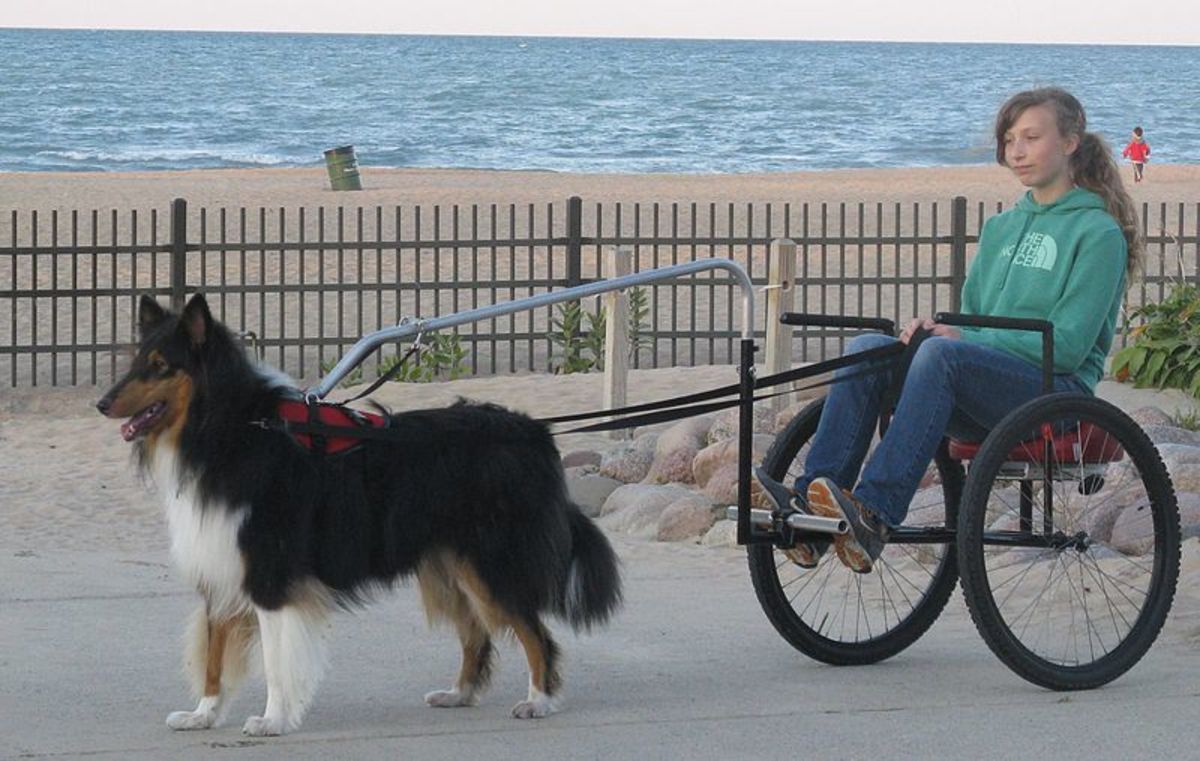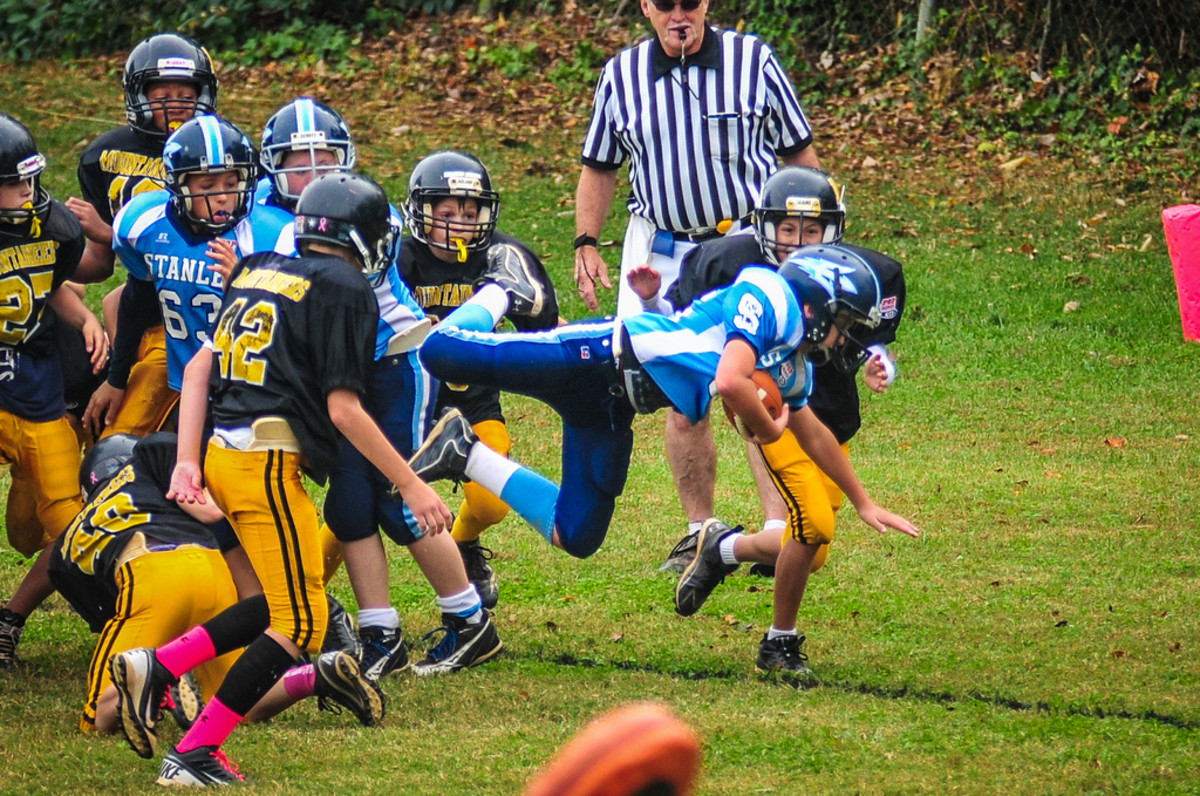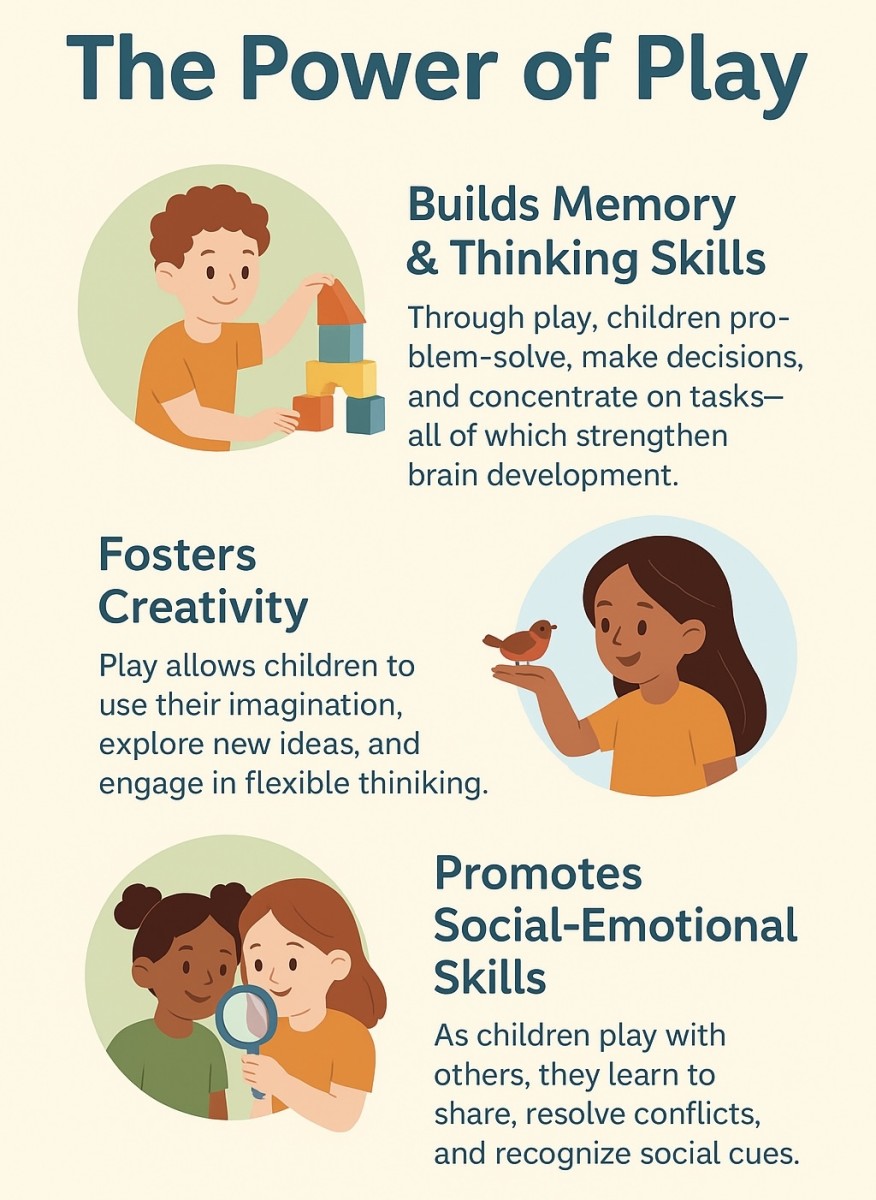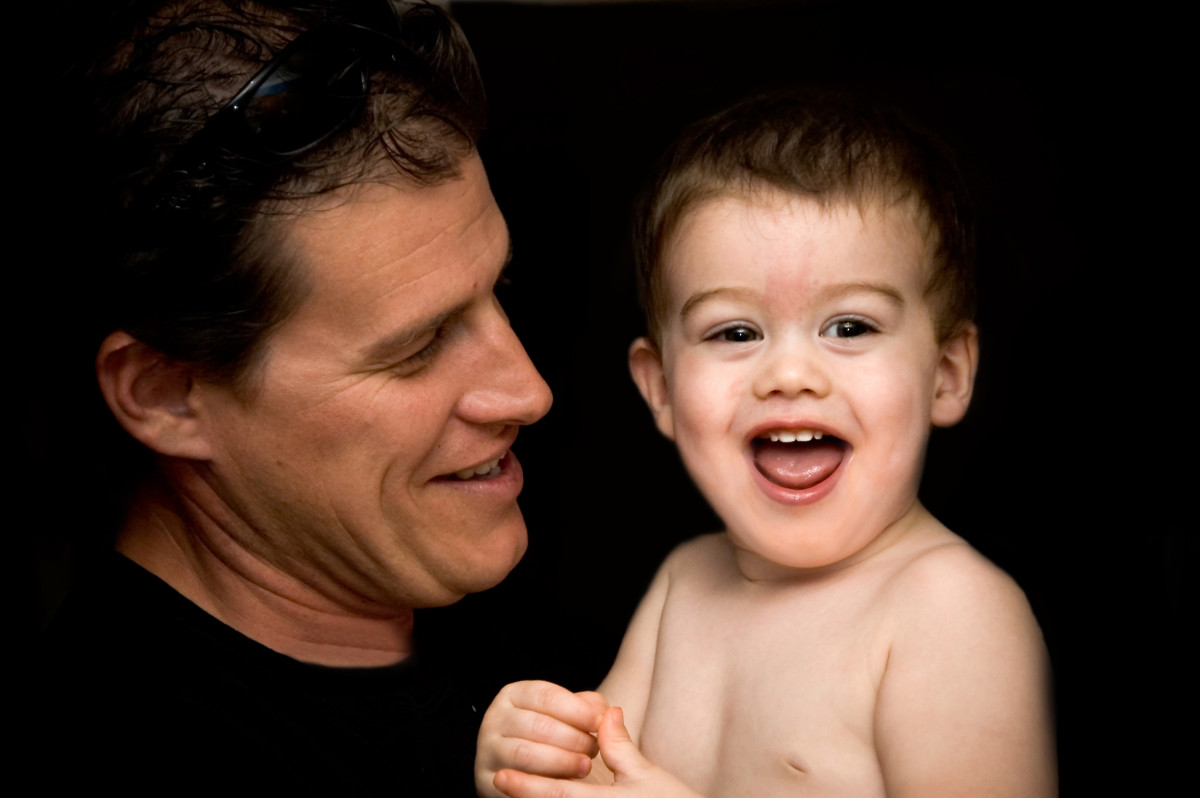- HubPages»
- Family and Parenting»
- Kids»
- Children's Growth & Development
How to Let Your Kids Play Safe
Who doesn’t love a good game? Sports is already part of a lot of people’s lives all across the globe and aside from it give wholesome and exciting entertainment, engaging in various sports can make our body in top shape.
As we strut our wares in different sports, the children develop their interest and fascination. Keep in mind, that exposure to sports at such an early age is very beneficial since the children will able to develop certain skills that can be useful later in life. In addition, sports foster rapport and camaraderie, it promotes teamwork and instills into them the value of self-discipline and sportsmanship.
But not all is well especially when your children got hooked on with sports since accident resulting to injuries may happen especially when safety measures are ignored or not practiced. There is a cliche that says, “an ounce of prevention is better than a pound of cure,” and you need to be extra careful as your kids play sports in the field to prevent accidents and injuries. You may encourage your children to enjoy playing their favorite sports but at the same time inculcate them the value of safety and protection.

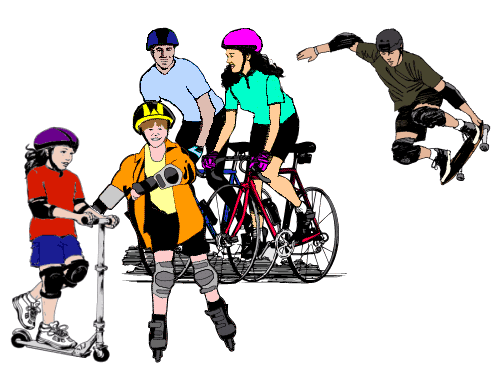
Here is a short list of valuable tips and pointers on sport safety and helpful guidelines for particular sports:
How to get the ball rolling while you kid is about to plunge in a sport? Your child needs to follow certain rituals to minimize the chances of getting hurt and injured like having a...
Warm up - Keep in mind that if a body doesn’t have proper warm up there is risk of getting injured. See to it that your child warm up or stretch before having an exercise or join in any sport game to enable the muscles to be more flexible and become less susceptible to the so-called wear and tear. Though it is easily prevented, pulled muscles are the most common injury in sports. In addition, one will not get tired easily if you warmed up prior to an exercise or a sport activity.
A sport can be tiresome especially when played outdoors. Do not allow your child to be dehydrated. Make it a point that your child bringa lot of water to get rehydrated and at the same time refreshed after engaging in a sports activity. If your child will stay in the outdoors for a long time provide protection to the skin from the blistering heat of the sun with a nice sunscreen.
After a while cool down. This is as important as the warm-up since it helps your child’s body to unwind after a physically demanding activity. This helps your child avoid stiffness and soreness in the muscle.

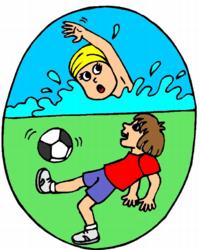
Here is the list of safety tips for specific sports:
Cycling
- See to it that the size of the bicycle is proportional to the size of your child. It will be difficult to control a bike that is not proportional to your child’s size. To discern if the right bike’s size is okay for your child: let him or her take a seat and see if he or she can balance it well.
- Follow the rules as your child cruise through the road just like the regular motorists and drivers of various vehicles. Teach your child on how to use hands to signify others when stopping or making a turn.
- Make it a point that your child’s bike is equipped with reflectors so that people can see your child at nighttime, a horn is also needed to let the passersby know your presence on the road and a basket so that your child’s hands will just be busy with the handlebars at all times.
- Encourage your child to wear helmets always and cite the advantages of wearing such. Helmets can help your child avoid sustaining injuries if ever an accident occurs. Aside from the head injuries the most common dangers are falls and collisions with static objects. See to it your child wears a helmet with firm chin strap, otherwise wearing the helmet will have no practical use in case your child figure in a mishap.
Soccer
- There is a football fever that is taking place in the Philippines and thank goodness the people here are gradually building a love for the sport which is the most popular and exciting game in the planet.
- As your child kicks his way into the football field you need to keep in mind the following safety measures: Let your child wear soccer shoes that are not too tight or pinch shoes. Studded shoes are designed to be worn in the football field and it is not meant for other surfaces. Let your child know how to securely tie the laces and tuck the bow into the shoe tops to avoid getting the laces all tied up, entangled or get into other player’s stud. And last but definitely not the least let your child wear chin guards to provide protection to your child’s legs from bruises and cuts.
Baseball
- Let your child wear a batting helmet whenever it’s your child’s turn to make a hit. Batting gloves give a better grip and lessen the sting emanating from a bat’s vibrations.
- Whilst on the baseball field making a defensive stance, let your child wear baseball gloves every time to avoid having bruises, sprains and breaks.
- Catchers should always wear a face mask, breast plate and knee pads. Additionally, a catcher must also be equipped with heavy pads to provide ample shield to the hands.
- If your child is a pitcher see to it that he warms up and stop if his or her arm gets hurt. Keep in mind that exerting too much force whilst throwing the ball might cause injury to the arm.
- Let your child have the appropriate shoes. Rubber-cleated shoes will do the trick as it helps your child perform better and at the same time diminish ankle, knee and leg injuries. The cleats on the shoes help your child dig into the field and avoid having a nasty slip.
Swimming
- Never let your child swim alone.
- Tell your child not to run on the slippery deck of the pool.
- A pool that is at least seven feet deep is safe for making a dive. To prevent head and injuries, tell your child never to dive into a shallow water or if your child don’t know the depth of the water.
Skating / Skateboarding
- Skates should be adjustable and support the ankles securely. In addition, it must have a heel brake in one boot.
- Let your child check skateboard habitually to make sure that the wheels are secure and the board is in good form.
- Employing helmet, wrist guards, knee and elbow pads protect your child from scratches, bruises, sprains and breaks. See to it that your child wears them all the time. Make sure that all the safety equipments of your child should fit comfortably and will not hinder movements and impede blood circulation.
- Never let your child skate in traffic since figuring in a slip can be very dangerous.
- If your child takes part in a sporting event in school or community you may ask the coach or physical education teacher about the game’s safety measures.

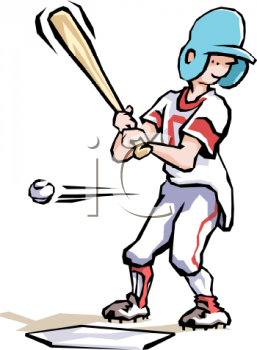
Here are the following guidelines compiled from the National Athletic Trainers Association and the National Youth Sports Safety Foundation (USA).
- See to it that the facilities, including the bleachers are maintained and inspected on a regular basis for dangerous debris.
- Required safety equipments should be use in the competition. Coaches should see to it that the participants wear the necessary equipments.
- During the competition a professional responder certified in first aid and CPR, and trained to respond during emergencies should be present at all games being played. Players and coaches should not touch an injured player and just leave the situation to the responder. If a player suffered an injury to the bones and joints this should be examined first by a physician.
- A first-aid kit should be available at all games and even during practices.
- To keep the players rehydrated, water is still the best and should always be present and accessible. Encourage your child to drink water while competing to replenish lost fluids.
- There should be an emergency information card for each of the competing athlete and the list should include medical problems such as asthma, allergies, hear conditions and diabetes.
Here you have it some vital tips and guidelines on sport safety. Thanks a lot for the read folks!.



